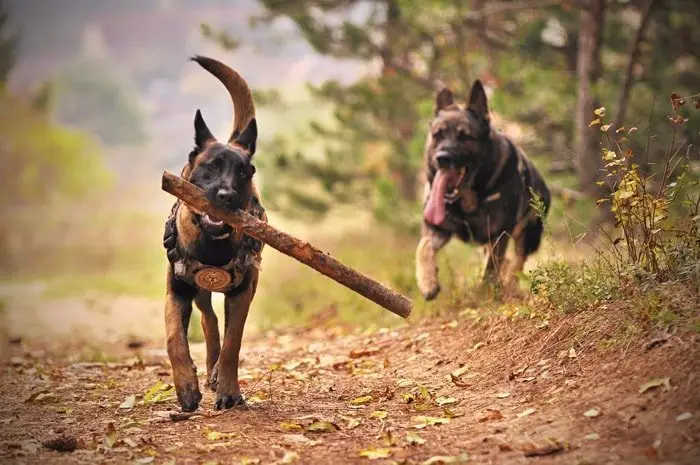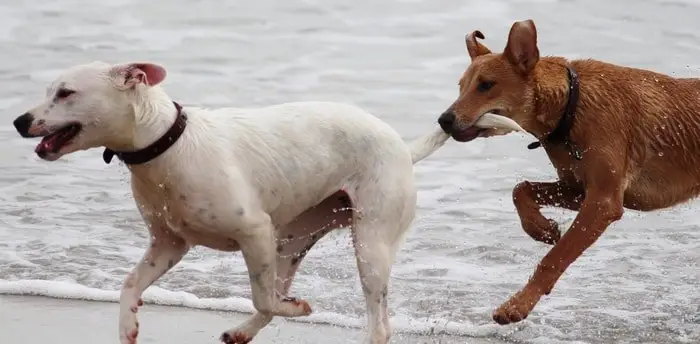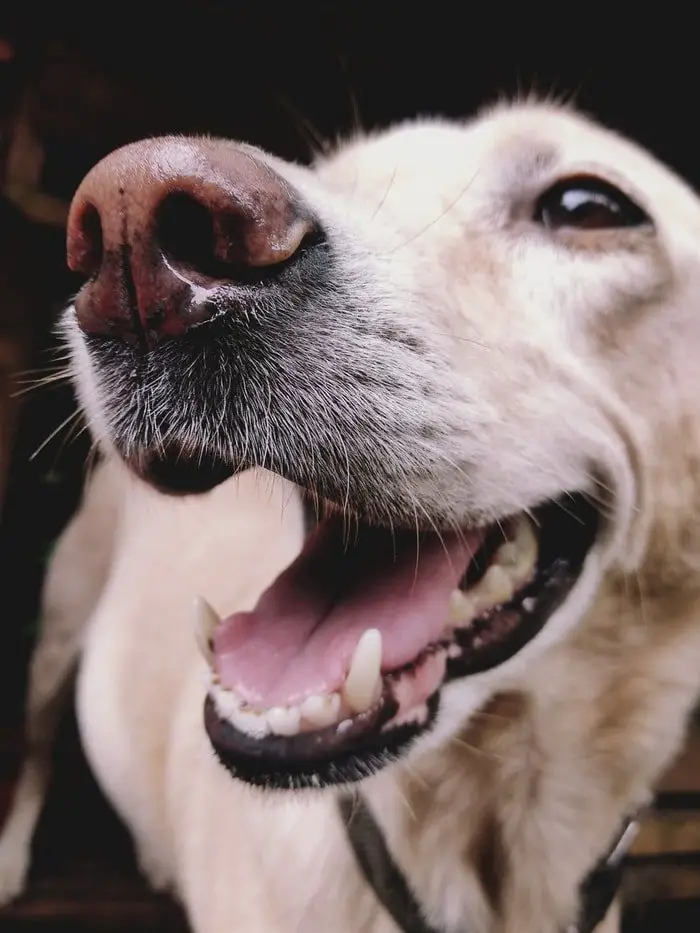The dog is a social animal which due to their differing temperaments, some dogs are more comfortable to train than others. With proper training, your dog shows a well mannered good dog behavior. Obedience training your dog will always be under control, both on and off its lead. When you desire your dog is a well -behaved and showed an excellent Dog Behavior, then while six months is a good average age to start formal obedience training. So it is imperative to know the Dog Behaviour.
Dog Behavior: The well-behaved Dog
The well-behaved dog is a suitable manner of Dog Behavior. It is a pleasure to its owner and the community in which it lives. Ensure that your dog enjoyed by training it to live in harmony with its human and animal neighbors. It should respond to your commands, be friendly to strangers and other dogs, not be scared by distractions, and be content at home without creating havoc.

Dog Behavior: The Well-Trained Dog
1. Sitting on Command: Tell the dog to sit. By doing so, you will get its attention and demonstrate that you are in charge. A well-behaved dog will sit when anyone, even a stranger, asks it to do so.
2. Staying in Position: Tell the dog to stay, then gently drop its lead and walk away. If the dog has been properly trained, you can turn your back and walk 5 meters (16 ft) away without it following.
3. Walking on a Loose Lead: with the dog on your left, walk with it on a free edge. It should not pull back and refuse to move, or strain forwards to run.
Dog Behavior: The Sociable Dog
1. Accepting a Stranger: A well-mannered dog shows no resentment when people stop to talk to its owner. Not does it fidget or show signs of shyness. It should sit or lie down quietly, without pulling on its lead.
2. Petting by a Stranger: A dog should be content to be stroked by a stranger, even on the top of its head, which is a gesture of dominance. People often approach dogs like this.
3. Sitting for Examination: A dog should allow itself to be examined by you, a member of your family, or by a stranger, which means that a vet will always be able to investigate it when necessary.

4. Reaction to Another Dog: Ask a friend with a dog to approach while you are walking your dog, stop, talk, for a short while, and then move on. Well-behaved dogs show interest in each other but no sign of fear or aggression. It is an excellent Dog Behaviour.
5. Walking Through a Crowd: Walk the dog along the pavement through pedestrian traffic. It can show interest in the various sights and sounds but should not strain on its lead or act shyly or aggressively.
Dog Behavior: The contended Dog
Leave the dog alone in either your home or garden, then listen for any howling, whining, barking, or pacing the floor. A well Dog Behaviour might be agitated, perhaps even a little nervous, when you leave, but should show no signs of separation anxiety. A toy may comfort the dog.
Controlling Unwanted Dog Behaviour
Dogs sometimes get carried away by their feelings or directly by the desire to act as they please. This can often lead to overexcitement or disobedience. A submissive dog is most likely to jump up to lick its owner’s face, mimicking the way it behaved like a puppy. It will also jump up to greet visitors whom it looks upon as equally dominant as its owner.

Disobedience is more likely to be found in confident and independents dogs than in submissive or shy ones. Proper training prevents terrible habits, but if they occur, they can be remedied with patience.
Dog Behavior: Correcting Bad Habits
Even the most delightful dog is likely to develop habits that you find annoying or unpleasant in the restricted environment of your home. Obedience training from an early age can prevent many of these problems, and prevention is always easier than cure. If your dog behaves at home in ways that you find antisocial, you must go back to basics and use common sense to develop a correction method based on its willingness to obey. Remember that a dog does not misbehave to punish its owner: retribution is a trait in primates like humans, but not in dogs.

Dog Behavior: Controlling Aggressive Behaviour:
The most severe problem a dog can develop is to show aggression. A dog can become aggressive to other animals, to strangers, or even to its owner. To prevent this behavior, you must assert your pack leadership. Train your dog always to obey your commands, and reinforce your dominance over it through routine exercise.
1. Aggression to Owner: A dominant dog may challenge its owner for possession of favorite objects. Food, old bones, resting places, and toys are all possessions that a dog may aggressively defend.
Command the dog to lie down. When it does so, it automatically becomes subservient to the person above it. You could also lift its hind leg to symbolize your dominance if it has not done so itself. The dog must be taught that it is the lowest ranking member of the human pack.
An alternative exercise to reassert authority over an aggressive dog is to command it to stay, then stand over it and lift its front legs off the ground. The dog may find this loss of control intimidating, and it may struggle. However, it will soon accept that you are in charge.

2. Aggression to Visitors: A resident dog may bark at a visitor to its home, bravely defending its territory and its owner, whom it considers a member of its pack. By standing over the dog and bending down to stroke it, the visitors appear to be acting threateningly. A dog may be especially frightened of strangers if it has not been handled during puppyhood.
3. Aggression to Other Dogs: Dominant aggression: A dominant dog, or one that has not been adequately socialized with other canines when it was young, may bark aggressively at, or even try to fight with, other dogs that it meets.
To remedy this type of aggression, command the dog to sit. Since you are the dog’s pack leader, it will realize that you are unconcerned about the strange dog and that it is no threat. Always praise good dog behavior with other dogs.
The Concluding Remarks
It is imperative together the dog Behaviour of a newly Dog owner. Because a dog shows different types of aggressive behavior, which is controlled carefully. Aggression takes a variety of forms and responds to different methods of control. Obedience training is of paramount importance in preventing this behavior. Seek professional advice from a vet, an experienced trainer, or a dog-training club if your pet shows any signs of not always being under your control.